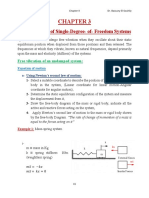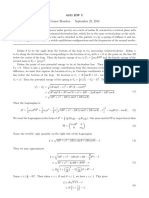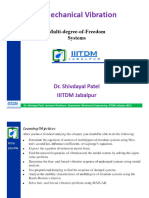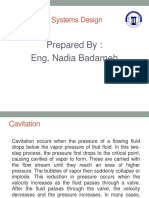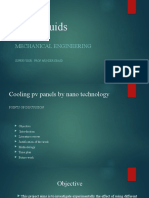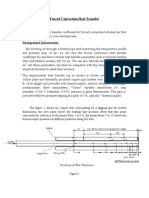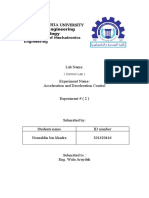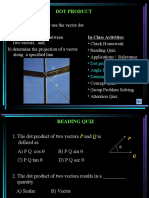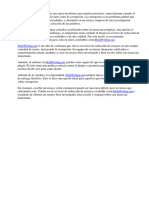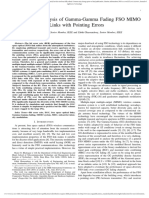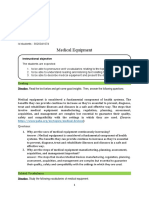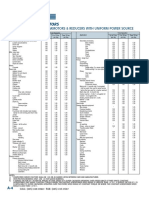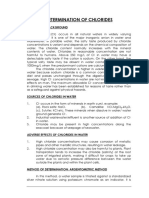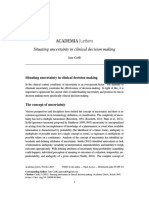0% found this document useful (0 votes)
105 views17 pagesMechanical Vibrations for Engineers
This document discusses mechanical vibrations in 2 degree of freedom (2DoF) systems. It provides examples of 2DoF systems involving two masses connected by springs. The document outlines how to derive the equations of motion for such systems using Newton's second law and Lagrange's equations. Lagrange's equations treat the system as having kinetic and potential energies and dissipated energy. The document applies Lagrange's equations to a specific 2DoF spring-mass system to obtain the equations of motion.
Uploaded by
Hani BanatCopyright
© © All Rights Reserved
We take content rights seriously. If you suspect this is your content, claim it here.
Available Formats
Download as PPT, PDF, TXT or read online on Scribd
0% found this document useful (0 votes)
105 views17 pagesMechanical Vibrations for Engineers
This document discusses mechanical vibrations in 2 degree of freedom (2DoF) systems. It provides examples of 2DoF systems involving two masses connected by springs. The document outlines how to derive the equations of motion for such systems using Newton's second law and Lagrange's equations. Lagrange's equations treat the system as having kinetic and potential energies and dissipated energy. The document applies Lagrange's equations to a specific 2DoF spring-mass system to obtain the equations of motion.
Uploaded by
Hani BanatCopyright
© © All Rights Reserved
We take content rights seriously. If you suspect this is your content, claim it here.
Available Formats
Download as PPT, PDF, TXT or read online on Scribd
/ 17















